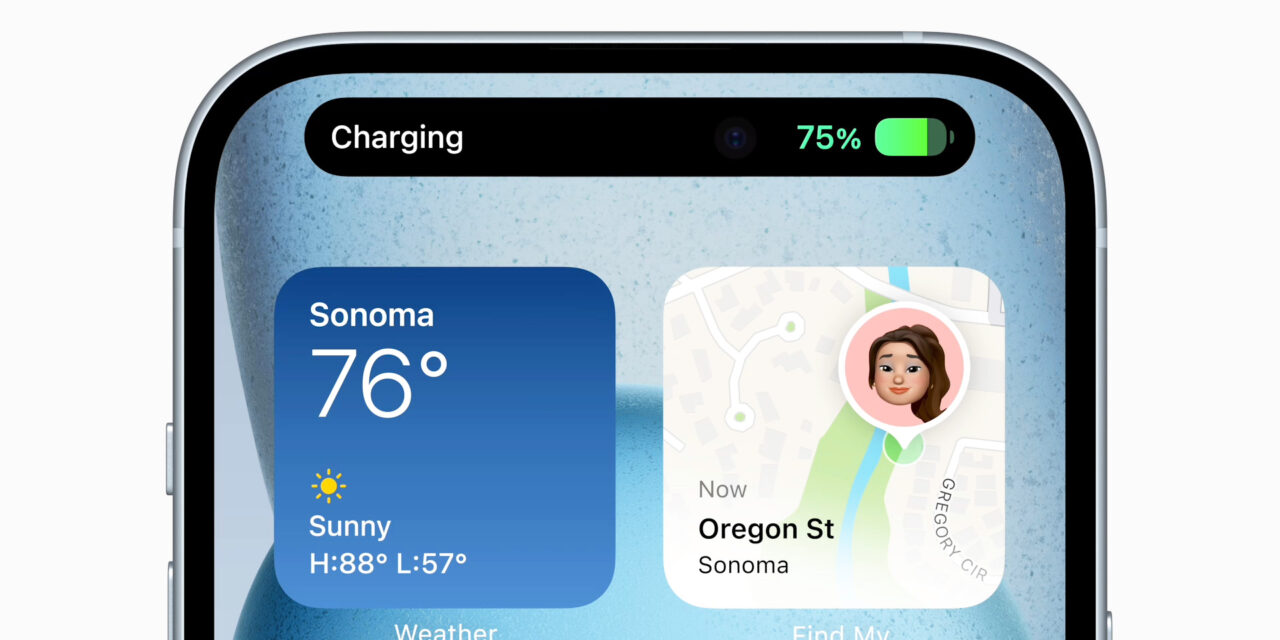Unlike previous models, the new iPhone 14 series will come with no SIM trays.
Users will now use what Apple calls the eSIM, and this pertains to only iPhones manufactured for consumers based in the US and Canada.
To recap, eSIMs are SIM cards, but they are electronic rather than physical. As a result, you can provision your phone remotely rather than having to visit a store to purchase a real SIM.
Because T-Mobile now employs eSIMs to let consumers test-drive its network for up to three months, it is now easier (in certain respects) to transfer networks or try one out.
As long as you stay within the Apple ecosystem, you can even transfer your eSIM between iPhones via Bluetooth as of iOS 16. This should make it practically as simple as using a real SIM. No doubt.
Since 2018, iPhones have enabled eSIM, including dual SIM functionality, which is supported by the majority of major US carriers as well as many other carriers globally.
Before the iPhone 13, there could only be one eSIM and one conventional SIM; the iPhone 13 series made it possible to use two eSIMs simultaneously.
The logical next step is to remove the physical SIM and the hole it requires in the casing. The iPhone 14 still has a SIM tray in every other country, at least for Apple and in the US.
The absence of a physical SIM tray probably won’t have much of an effect on you if you use one of the main US cellular networks, such as AT&T, Verizon, or T-Mobile.
You may download an eSIM from Verizon, AT&T, or T-Mobile without visiting a shop, even if you switch carriers or phones.
However, you shouldn’t purchase the iPhone 14 at this time if you are using a carrier that does not support eSIM or if you intend to switch to one.
You might not have to wait long because this might be the motivation smaller carriers need to adopt eSIMs.
(Outside the US, the iPhone 14 lineup still includes nano-SIM slots.)
The iPhone 14 and iPhone 14 Pro can each contain up to eight eSIMs, according to information presented by Apple at the launch event. According to global eSIM distributor Airolo, the capacity of older iPhone models ranged from five to ten.
This could take some of the sting out of the loss of the physical SIM tray, though not all international carriers support eSIMs.
For people who travel frequently, reside in areas with patchy coverage from any one network, or have distinct work and personal numbers, having more than one active SIM card is a terrific idea.
This content was originally published here.






Recent Comments